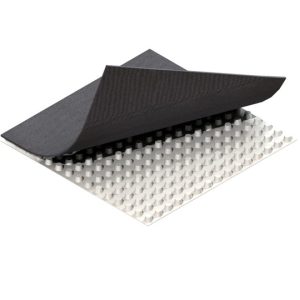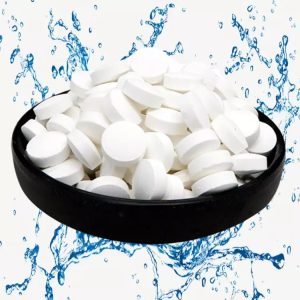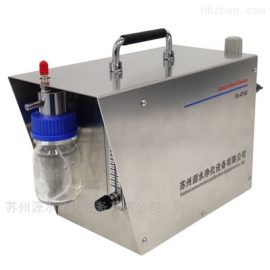Diaper Raw Materials: Essential Components for Manufacturing
。
# Diaper Raw Materials: Essential Components for Manufacturing
## Introduction to Diaper Raw Materials
Diapers are an essential product for millions of families worldwide, providing comfort and hygiene for babies and adults alike. The manufacturing of diapers involves a combination of specialized materials, each serving a unique purpose in the final product. Understanding these raw materials is crucial for manufacturers aiming to produce high-quality diapers that meet consumer expectations.
## Core Components of Diaper Manufacturing
### 1. Absorbent Core
The absorbent core is the heart of any diaper, responsible for locking away moisture and keeping the skin dry. This component typically consists of:
– Superabsorbent polymers (SAP): These tiny granules can absorb many times their weight in liquid, transforming it into a gel-like substance.
– Fluff pulp: A soft, fibrous material that helps distribute liquid evenly and provides additional absorbency.
### 2. Top Sheet (Inner Layer)
The top sheet is the layer that comes into direct contact with the wearer’s skin. Key characteristics include:
– Non-woven fabric: Usually made from polypropylene or polyethylene, this material is soft, breathable, and allows liquid to pass through quickly.
– Perforations: Tiny holes that enhance liquid transfer to the absorbent core while maintaining surface dryness.
### 3. Back Sheet (Outer Layer)
Keyword: diaper raw materials
The back sheet serves as a waterproof barrier, preventing leaks and keeping clothing dry. Common materials include:
– Polyethylene film: A thin, flexible plastic layer that’s impermeable to liquids.
– Breathable microporous films: Advanced materials that block liquids while allowing vapor to escape, reducing skin irritation.
### 4. Elastic Components
Elastic materials provide a secure, comfortable fit around the legs and waist:
– Polyurethane or synthetic rubber strands: These stretchable components are integrated into the leg cuffs and waistbands.
– Elastic non-woven fabrics: Used in some premium diaper designs for better fit and comfort.
### 5. Adhesive Systems
Various adhesives are used in diaper construction:
– Hot melt adhesives: For bonding different layers together.
– Pressure-sensitive adhesives: Used in tape fasteners for adjustable closure.
– Adhesive landing zones: The area where fastening tapes attach to the front of the diaper.
## Additional Features and Materials
### 1. Wetness Indicators
Some diapers include special materials that change color when wet:
– pH-sensitive dyes: React to moisture by changing color.
– Printed patterns: Become visible when the diaper is wet.
### 2. Odor Control Components
Advanced diapers may incorporate:
– Activated charcoal layers: To neutralize odors.
– Scented materials: For fragrance (though less common in baby diapers).
### 3. Leg Cuffs and Barriers
Additional leak protection comes from:
– Hydrophobic non-woven materials: That repel liquid back into the core.
– Standing gathers: Elastic barriers that conform to the body.
## Sustainability in Diaper Materials
The diaper industry is increasingly focusing on eco-friendly alternatives:
– Biodegradable SAP: Made from plant-based materials.
– Organic cotton or bamboo top sheets: For sensitive skin and reduced environmental impact.
– Compostable back sheets: Using plant-based polymers instead of traditional plastics.
## Quality Considerations for Raw Materials
Manufacturers must ensure their materials meet several criteria:
– Dermatological safety: Non-irritating to sensitive skin.
– Absorbency performance: Meeting or exceeding industry standards.
– Strength and durability: Withstanding movement and use.
– Environmental compatibility: Meeting regulatory requirements for disposal.
## Conclusion
The complex combination of diaper raw materials works together to create a product that is comfortable, effective, and reliable. As technology advances, we continue to see innovations in materials that improve performance, comfort, and environmental sustainability. Understanding these essential components helps manufacturers create better products and allows consumers to make informed choices about the diapers they use.


